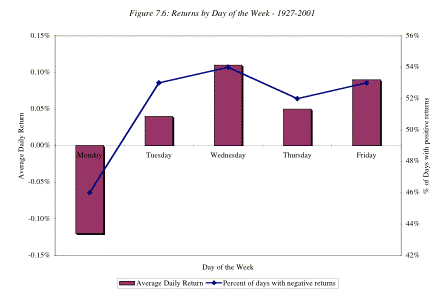

Hoarding also already happens, while it is not uncommon to see medication wastage when people return unused bottles of medication no longer required. But to minimise harm, medication is already required to be supplied in a child-proof containers or blister packs, while most grandparents know to keep medication safe from small visitors. I know from my previous job in a Poison Information Centre that small children do occasionally get into a grandparent’s medication cabinet. Likewise, anyone who prescribes 60 days of antidepressant medication to a patient who is suicidal is likely to be in hot water. Sixty-day dispensing is only an option for stable and chronic medication – patients will not get 60 days of antibiotics and analgesia. Increased chance of overdose and hoarding In any case, maybe there are too many pharmacies in some areas of Australia and the economic challenge will cull those with marginal profitability? No adjustment was required in 2022–23 as the number of prescriptions was within 5% of estimated prescriptions. I am not sure if there are any other small businesses in Australia who have a similar safety net. It was negotiated in 2020 and is set to run until 2025. That is without even mentioning a clause in the Seventh Community Pharmacy Agreement which provides a safety net to these small businesses called the remuneration adjustment mechanism. So, will retail pharmacists go broke and sack hundreds of workers as has been suggested by a number of pharmacists and the Guild? Unlikely. As far as I can tell, there is only a small number of medications on the PBS list that need to be kept cold – dulaglutide and semaglutide (which are routinely in short supply) and calcitonin and teriparatide injections (which I have never prescribed). Someone also suggested that pharmacies will need to buy an extra fridge and expand dispensary shelves.

But if customers really need a hair dye, perfume or vitamin they can always make another journey. Of course, 60-day dispensing will mean less foot traffic which may mean less opportunity for those incidental sales. In many pharmacies you also have to walk back to the front counter to pay. You have to pass claustrophobia-inducing aisles of shampoo, dental treatments, toilet paper, nappies, hair dyes and vitamins before you get to the dispensary. Have you ever wondered why the retail pharmacy dispensary is at the back? It’s a bit like Coles and Woolworths putting the milk against the back wall. In fact, given the size of the shelves in some, I think that the front of shop provides more profit. Pharmacy makes profit on more than just dispensing. However, I’m not convinced that losing $46.92 over 12 months per patient really equates to that and I doubt their workings will be made public. The Pharmacy Guild of Australia has conducted a financial analysis on the lost profitability and estimate $170,000 per annum will be lost. If you listen to Pharmacy Guild propaganda, this simple change is expected to result in the closure of countless pharmacies, loss of hundreds of jobs, further shortages of essential medication, hoarding, increased wastage of medication, and more overdoses.īut let’s think through some of these Guild claims. Many medical and patient representative organisations think it is a good idea, including the RACGP, AMA, Heart Foundation, and Consumer Health Forum of Australia. This means that instead of paying the monthly dispensing fee of $7.82 every month to the pharmacy, it will be paid every two months, resulting is a saving of $46.92 over 12 months for those medications. The shift is expected to take place in stages, with 100 of the 325 medications initially becoming eligible, followed by a second round of additions in March next year with the remainder taking place in September 2024. Sixty-day dispensing will eventually be applied to 325 PBS medications used to treat chronic illnesses.Ĭome September, 60-day dispensing will become a reality. Pharmacist-turned-GP Dr Mark Raines explains why he believes many of the measure’s criticisms are exaggerated.


 0 kommentar(er)
0 kommentar(er)
